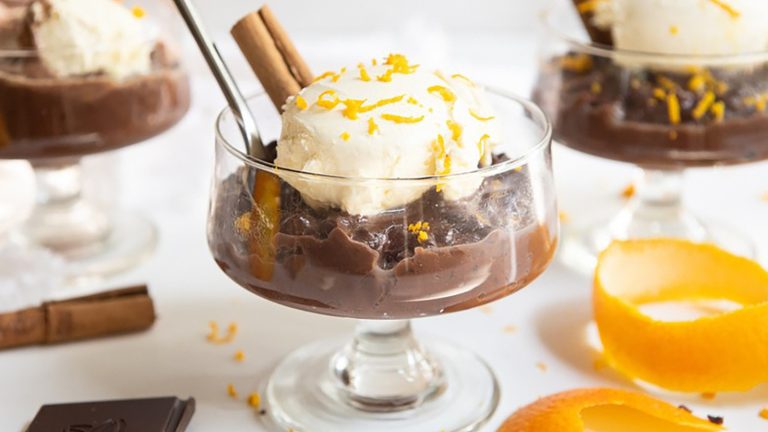Ever wonder how some steakhouses manage to get that perfect crust on steaks? You know, the crispy, golden, and just shy of charred texture that still hasn’t been overcooked in the middle? The trick might already be in your kitchen, and it’s none other than cornstarch. Yes, the same stuff you’d use to thicken a gravy or sauce.
Cornstarch has many unique uses, and one of them is absorbing the moisture from the surface of meat. When you’re aiming for a good sear, that’s exactly what you want. Too much moisture steams the meat instead of browning it and might leave you with a soggy exterior. Cornstarch solves this by drying the outside fast, thereby upgrading your steak in little to no extra work.
To properly sear your steak, start by patting your steak dry with paper towels. After that, lightly dust it with cornstarch. You don’t need much either; just a little bit of powder across the surface goes a long way. Then, place the steak on a wire rack in the fridge and let it sit uncovered for 30 to 60 minutes. This gives the cornstarch time to do its job and soak up any stubborn surface moisture. When you’re ready to cook, heat a pan until it’s very hot (cast iron works best), then sear your steak as usual. That thin cornstarch layer will brown beautifully, forming a crust that looks and tastes like it came straight from a steakhouse.
Can you season or substitute? Here’s what to know
If you’re concerned about whether cornstarch will take the place of your seasoning, worry not. There’s no need to hold back with the spices, especially if you want a more flavorful cut of steak. You can mix your cornstarch with salt, pepper, or other dry spices like garlic powder for an extra kick. However, you should steer clear of spices with a high sugar content because too much sugar tends to burn up long before your steak is cooked all the way through. Similarly, avoid wet marinades because they will mess up your chances of a dry, clean crust.
And if you don’t have cornstarch on hand, potato starch or rice flour are great stand-ins with similar drying and crisping effects. All-purpose flour can work, too, although it doesn’t crisp up quite as well and may leave a bit of a floury taste behind. Cornstarch is completely flavorless, so all the rich, beefy taste still shines through. This technique isn’t about changing the flavor of your steak but about achieving a crunchier texture. That’s the part that makes every bite feel like a win. Once you try it, you might never go back to searing steak without it.






